
© 2010-2024 by Fine Arts of the Southwest, Inc. All rights reserved.
Unauthorized reproduction or use is strictly prohibited by law.
A beautiful historic Hopi polychrome pictorial pottery bowl attributed to Fannie Polacca Nampeyo and Nampeyo of Hano, c. 1920’s
This lovely bowl in our opinions is most likely the fine work of Fannie Polacca Nampeyo (1900-1986), very possibly working in conjunction with her famous Mother, the renowned Nampeyo, who might have formed the vessel before Fannie painted it. Fannie Polacca Nampeyo was the youngest daughter of renowned Hopi pottery Matriarch Nampeyo of Hano (1858-1942). Fannie didn’t begin signing her work until the mid-1930’s and Nampeyo never signed hers, but this bowl bears a number of the “signatures” of Fannie's, of her Mother's and of her family's pottery work; outstanding potting, vessel forming, stone-polishing and high-temperature coal firing, bold graphic design with excellent use of negative and positive space and rich, boldly rendered polychrome painting. The design of a stylized Sikyatki-style bird figure with various geometric designs inside is rendered in the bold confident painting style characteristic of Fannie’s work with deep, rich, black paint and the somewhat streaky red paint typically used by her Mother Nampeyo and her older sister Annie.
The design has great overall dynamism, a strong sense of energy and motion and very nice use of negative space. Suspended in the center of the design field is a curvilinear stylized Sikyatki-Period bird figure, a fairly typical Nampeyo family design motif. The bird’s head is beautifully rendered in stipple paint. This design is framed by double unbroken back framing lines, a Nampeyo treatment which in turn is framed by an encircling rim painted black which is one of Fannie’s specific traits.
The exterior of the bowl is undecorated, but perfectly stone polished as is the interior. Nampeyo's eyesight was faltering for periods around the time this bowl was made due to her eye disease trachoma, and it is very possible that she formed the bowl and then Fannie painted it. The telltale extra small coil of clay just under the bowl's rim and its exceptional potting and polishing point us in the direction of Nampeyo as possibly having formed the vessel. The bowl also beautifully displays the whitish-yellow firing clouds or "blushes" which are indicative of a high temperature firing with lignite coal, a Nampeyo and family specialty. Also, the bowl’s hard thin-walled construction "pings" very nicely upon being lightly tapped with a finger.
The bowl measures 7 1/2" in diameter and it is 2 1/2" in height. It is in excellent original condition, particularly in
light of its century or so of age, with only some minor soiling here and there on the interior. There is a very slight pop-out to one side of the rim as can be seen above. The bowl is also just very slightly out of round and a bit uneven in shape as is fairly common with these entirely handmade ceramic pieces. There are no cracks, no significant chips and a thorough examination under Ultraviolet light reveals no evidence of restoration or overpainting on the vessel.
This beautiful Hopi bowl is both an accomplished piece of art and a fine century-old historic artifact at the same time, a perfect meeting of ancient tradition and culture created by talented members of a most distinguished artistic family.
Price $2,100
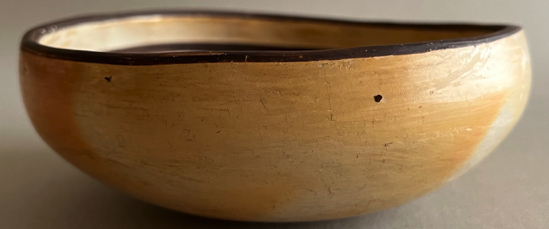
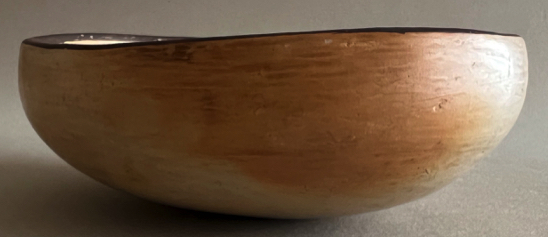
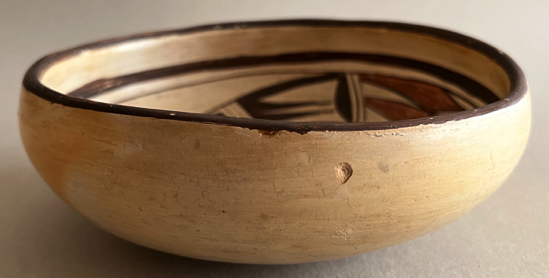
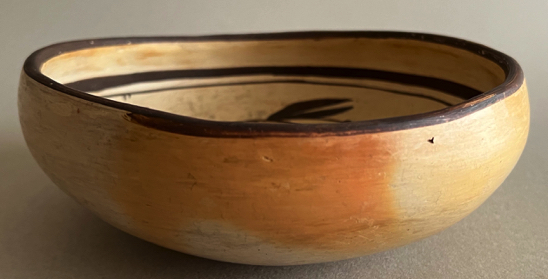
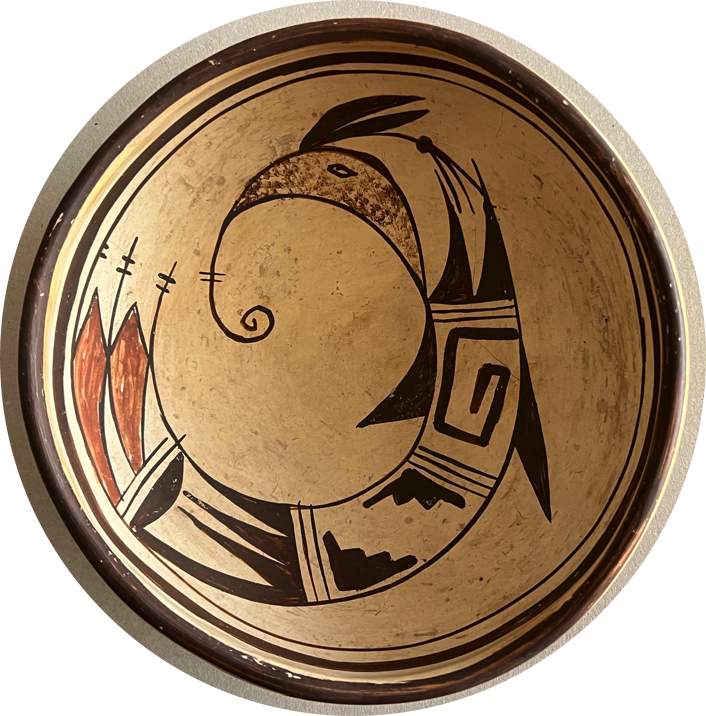
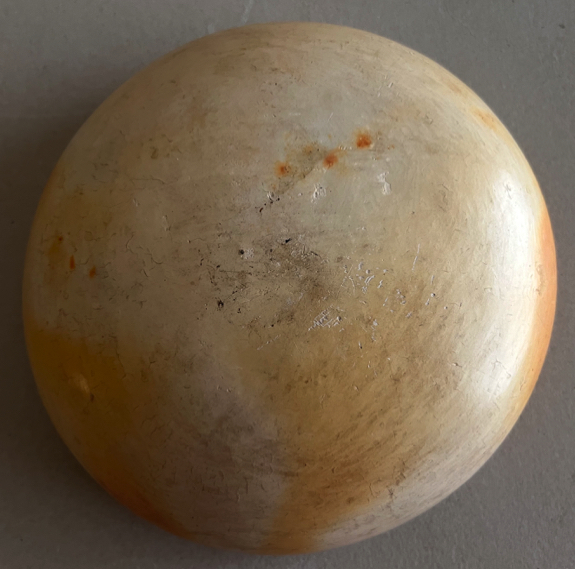
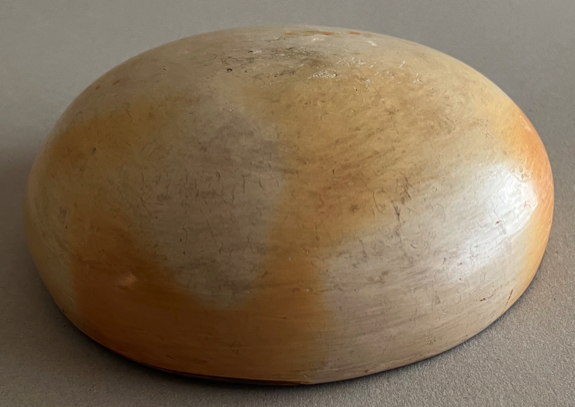
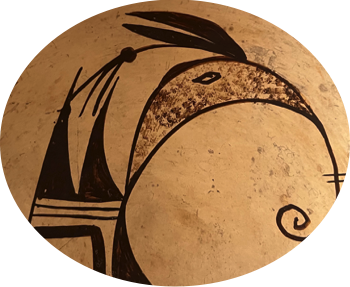
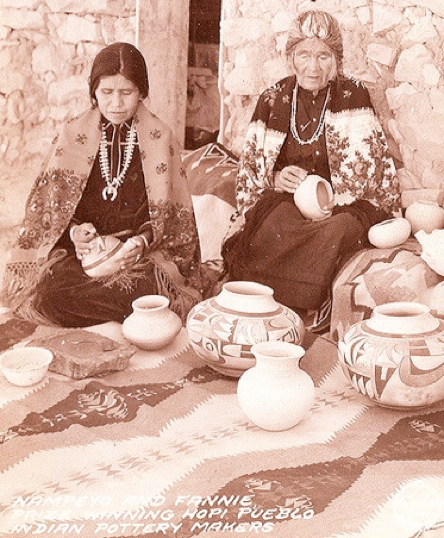
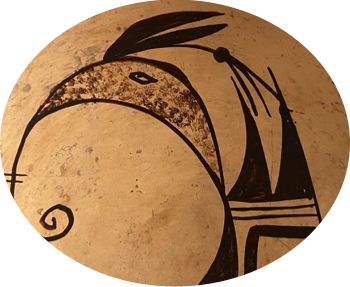
Nampeyo and her youngest daughter, Fannie, making pottery, c. 1920.
Photo source and © Frashers Fotos